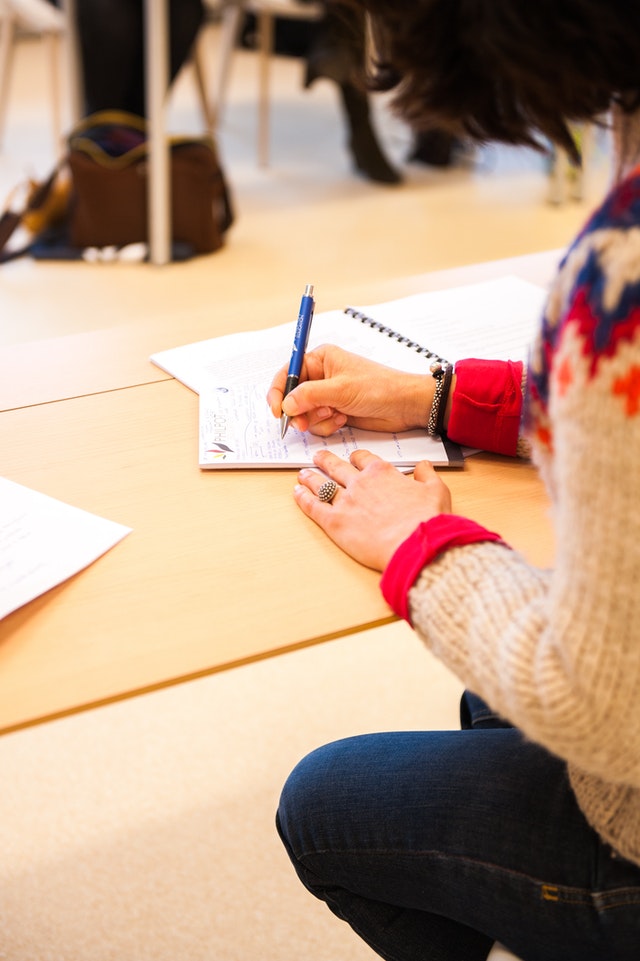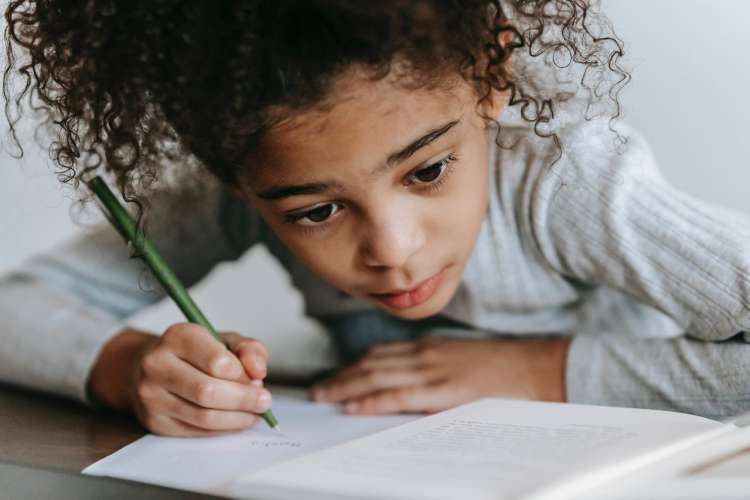Writing a good paragraph is important for kids to develop good writing skills. It is important to inculcate the habit of writing good paragraphs in kids; however, writing a good paragraph doesn’t come naturally to kids, nor does it happen overnight. It needs practice, making notes, proper structuring of points, and much more.
Unfortunately, kids feel writing a paragraph is just another chore, and the complete writing job becomes boring. To make it an interesting topic for kids and teaching them the right way, we give you 5 points on “How to write good paragraphs for kids?”
Learning courses for your kids! Get free trial here
Teaching Kids to Write Paragraph
Every kid’s thought process is different, and there is no specific way or method to teach how to write paragraphs for kids. But, a simple step-by-step process can be followed for teaching the kids how to approach or start paragraph writing, which is given below.
Also Read: Five Art Ideas for Creative Kids: A Mental Workout for Your Kids

Start with Basics
The first step to writing a paragraph should start with focusing on the basics. Knowing the basics will help kids get an idea. Before making your kids write a paragraph, give your kid the details about the topic they are writing on, and tell them what points can be written in a paragraph.
Start with teaching the definition of a paragraph. A paragraph is a combination of various sentences that give a detailed, clear, and easy explanation of a topic.
Teachers and parents should further focus on explaining the importance of writing paragraphs, like the introduction, conclusion, supporting the given statement, providing advantages and disadvantages. This will help them prepare different points for different types of paragraphs.
Structure of the Paragraph
Teach the students about the basic paragraph structures. This can also be considered as the rule of writing a paragraph. Provide them with some sample paragraphs and identify the following points.
# There should be four to seven sentences in the paragraph.
# The paragraph includes the introduction, supporting details, and conclusion.
# Introduction includes the topic of the paragraph, details include a brief description and knowledge. And conclude the paragraph with the content of the paragraph with a conclusive result.
# Indenting the topic in the first line. The total length of the indent of each para should be equal to the top portion of the thumb.
These can be taught to the kids through the Burger or Sandwich example. The burger has three layers, the top bun, the central body or treat, and the bottom bun. The top bun represents the introduction, the body represents the details, and the bottom bun represents the conclusion. This will help kids remember how to structure the sentences and mould the paragraphs accordingly.
This will also help them to properly read the paragraph. Also, use highlighter pens to keep the kids engaged while reading the paragraph.

Answering the Basic Questions
Kids need to be taught more about the details section. Give your kids the time to think about the details they want to write in the paragraphs, and for better understanding, ask them to make an outline before starting to write, so they will have a clear idea and can add the points if required.
The basic questions like “Who, When, Where, and How” make the students’ paragraphs clear. In detailing the paragraph, children should mention one major point in each line. These major points should come to a smooth conclusion at the end, so the transitions look good.
For an interesting touch in the paragraph writing for kids, teach the kids to also mention personal opinions, thoughts, and phrases at the end of the detailing section. It helps the paragraph become lively.
Learning courses for your kids! Get free trial here
Making Notes
Build an Interactive Notebook. The interactive notebook is a book that contains a page stick over the top of others. The bottom page has a points table or bubbles containing bullet points. When the kid is about to start with sentence making, they should have a list of points they’re about to insert in the paragraph. Then, if they are missing out on something, they can simply flip and check if they included it all.
The use of spider design can be a game-changer as they help decide the heading for the paragraph. In addition, it encourages the children to arrange the notes in separate boxes.
Points in the background help them keep track that they have included everything. For digital notes too, kids can open up a side note pad which can help similarly.
Ask the Kids to Write on Their Favourite Topic
Once the kids are acquainted with the structure and have gone write a few paragraphs, it is time to implement all these points and write good paragraphs on their own. For this, ask your kids to write paragraphs, but let them choose the topic and discuss the topic with them first.
Writing about their known topics at the start will give them confidence that they can write good paragraphs and then move onto the difficult ones. Again, the discussion should be entirely verbal; let them put in as many points as possible and ask them to outline.
Paragraph writing for children will be easier and faster if the kids are aware of making correct sentences beforehand. Ask them to go through the points as mentioned in the above step. Then they have to solve the jumble on which sentence or phrase has to come first. Like a story, they have to start from the basics and get into the details and finally conclude it.
Practice
The final step is to practice as much as they can. It is preferable to write 2 to 3 paragraphs for kids on a specific topic. Start with choosing their favourite topics and gradually increasing the number of paragraphs per day. On consistency, the topics should be made difficult every week.
Also Read: Kids Personality Development Classes: Help Them Transform Their Personalities For a Better Future
Conclusion
For more such strategies on teaching your kids to write, continue reading The Real School Of Montessori blogs filled with kids-specific content. For further assistance with your kids, The Real School Of Montessori will provide personalised mentors who will work with your kids, track their progress, and motivate them to thrive better. With The Real School Of Montessori, your kids will become problem solvers and innovative thinkers. For more details, visit our website The Real School Of Montessori now!







